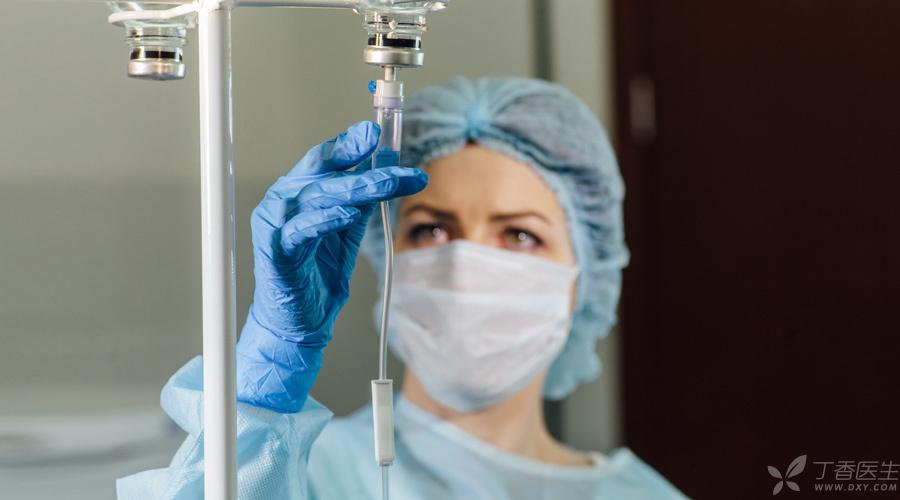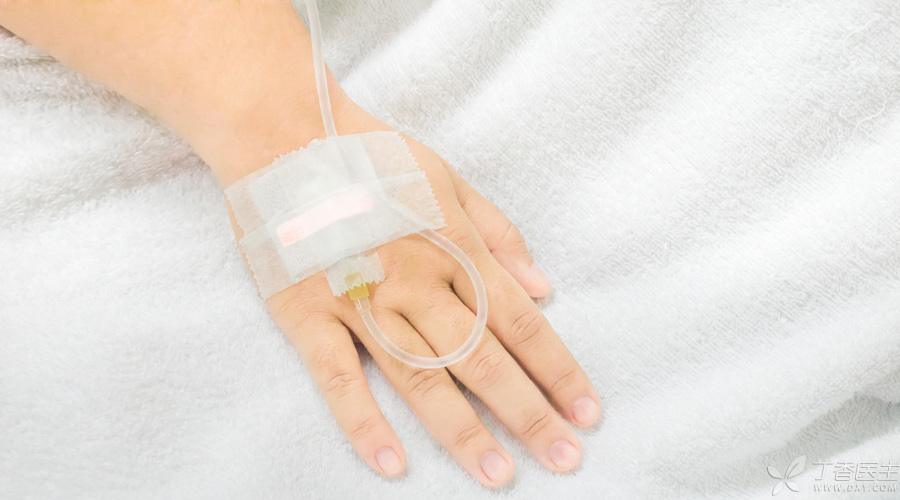A friend in the backstage hurriedly panic asked:
It is said that going to the hospital for infusion and intravenous drip is tantamount to committing suicide. Is this true?
Hearing this, Dr. Clove couldn’t help laughing. Laugh at what?
Laugh… Laugh low.
Infusion equals suicide? Pull
This [old rumor], Dr. Clove looked at it with a familiar face.
Click to see more: Truth, Is Infusion Equal to Suicide?
In short, if walking may be killed by a car, then taking to the streets is tantamount to suicide.
As long as the quality of one drug passes the standard, there are no sensitizing ingredients, three strict aseptic operations and four correct adjustment of dripping speed, the occurrence of [infusion reaction] can be effectively prevented, and there is no need to worry about the ridiculous blind analogy of [suicide].
The first three items here are all professionally controlled by medical personnel, but the fourth point is indeed often played out by patients themselves.
It’s really killing me to adjust the infusion speed indiscriminately.

There are many workaholic patients I usually encounter. The time is calculated by minute, second and money. I always adjust the infusion speed to fly up and wish to use the pulley as a skateboard.
Sometimes the nurse jokes:
Or… cut the bottle open and drink it directly!
To tell the truth, the infusion speed is determined by the nature of the drug and the patient’s condition. The nurse knows all about which medicine needs to be input quickly and which medicine needs to be dripped slowly. It is not a blind adjustment on the forehead.
The nurse adjusted the dripping speed, and the patient cannot adjust the infusion speed casually.
Especially when tumor patients use anti-tumor drugs, it is absolutely forbidden to arbitrarily adjust the drip rate.
Some patients feel that they are very familiar with it, so they are in a hurry [to liberate] themselves with special disapproval. If one is not done well, there will be reactions such as palpitation and shortness of breath. If it is not rescued by medical staff in time… ah, don’t say anything, let’s experience it ourselves.
In short, no matter how good an old driver you are, you must pay attention to speed limit and drive safely without racing.
There is also a thing that is easy to be ignored by everyone, and it is also a little dangerous.
Fasting infusion will be risky.

At present, blood collection and testing items in hospitals all require blood collection and testing on an empty stomach in the morning.
However, many patients, due to the long distance, usually go to see a doctor after blood collection, take medicine, check, carry out intravenous infusion, and then go home for dinner. But this is wrong.
It is safer to eat before infusion.
In the fasting state, the body metabolism is weak. Venous puncture can cause adrenal gland to release a large amount of adrenaline into the blood, thus making the patient’s heart beat faster, blood pressure rises, breathing faster, etc. In addition, the patient’s own poor physique is easy to cause dizziness, nausea and other phenomena.
Moreover, hypoglycemia reaction is also easy to occur in fasting state, which can also cause pale complexion, palpitations, cold sweat, etc.
As for eating what, it is not so strict, generally light and easy to digest.
Since most infusions are carried out in the morning or in the morning, it is more appropriate to eat porridge, vegetarian steamed buns, egg cakes, soya-bean milk, wonton, etc. for breakfast, so as to avoid greasy food that will cause stomach discomfort and eat too much.
Finally, there is another problem that many people have encountered and worried about:
Does infusion bring in air?
Most of the time, patients and their families cannot see their infusion bottles.
When the liquid medicine flowed through the small pot in an instant and the hanging bottle was empty, it was only when [that what] was surprised to sit up in his illness that he accompanied his family members and shouted to the nurse everywhere:
Nurse! Nurse! It’s over! It’s all in the air! Somebody! …… (What a good show)
In fact, there is no need to worry about this situation. There is negative pressure in the infusion bottle. If it weren’t for a pump to pressurize, air wouldn’t have entered the blood.
What needs to be worried about during infusion is [whether the blood will flow back to the infusion bottle], not [whether the air in the infusion bottle will enter the blood vessel].
If you are ill, you should be treated in time. If you don’t need infusion, you don’t need infusion. If you need infusion, you should obediently inject infusion.
If you are still afraid of injections, then… Dr. Clove will accompany the big guys to work hard and don’t get sick!
